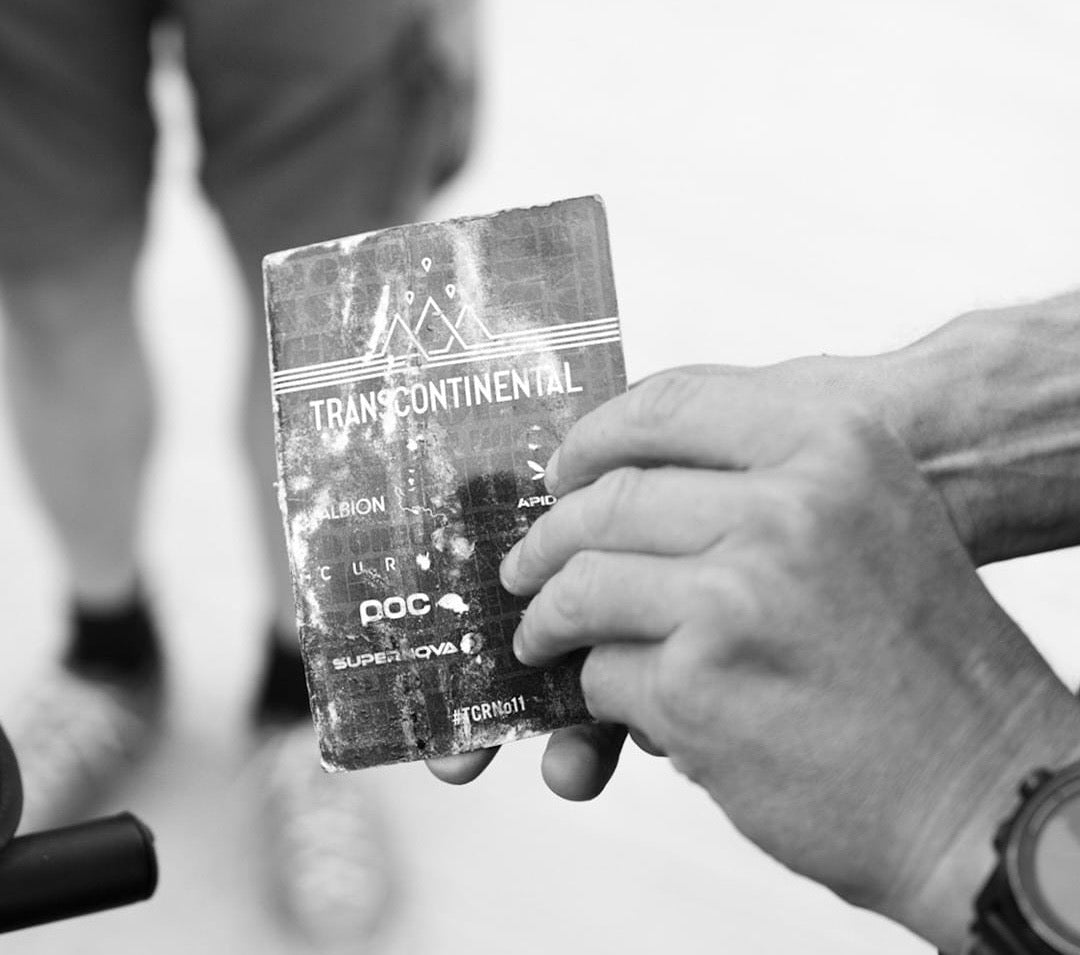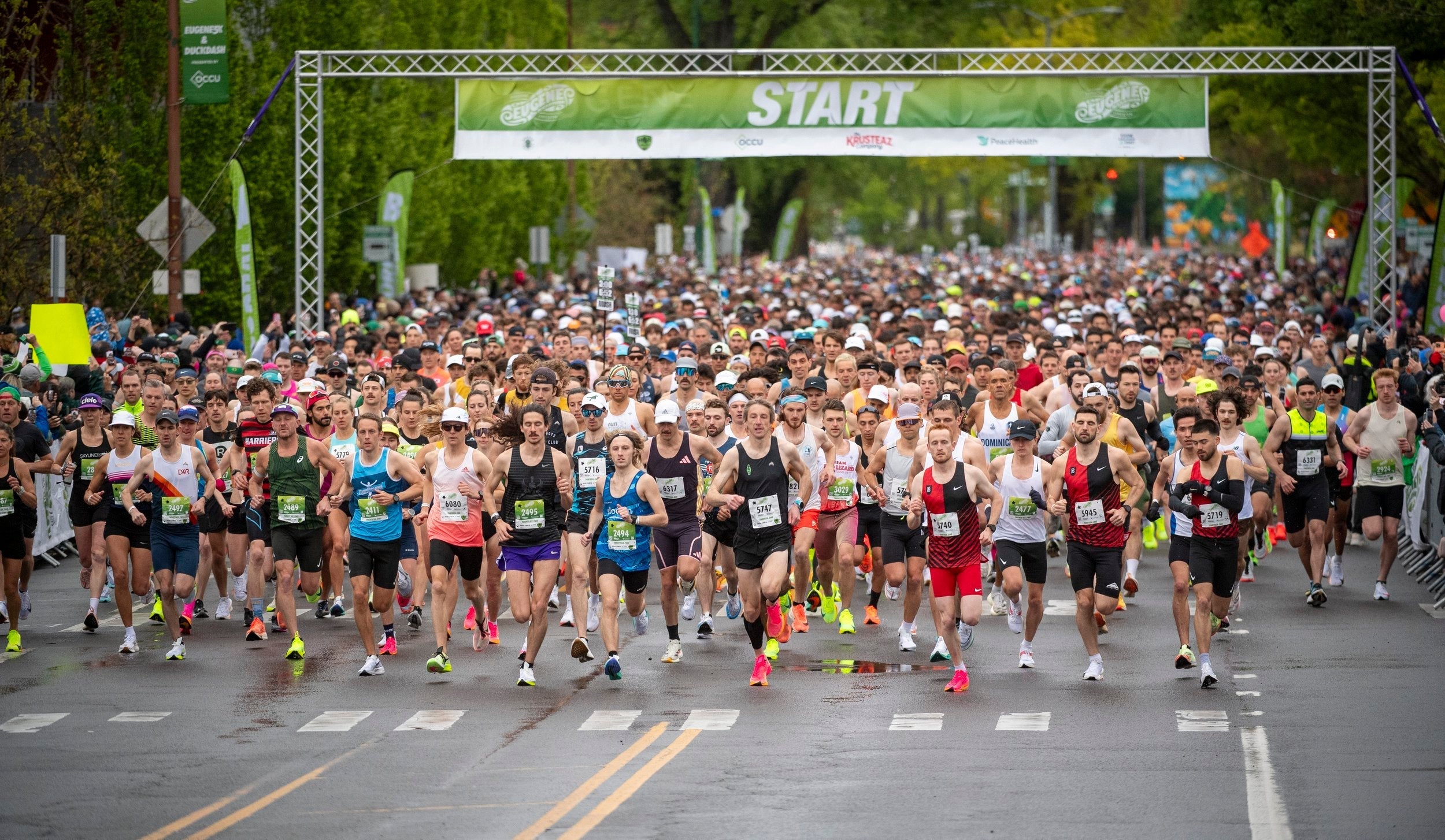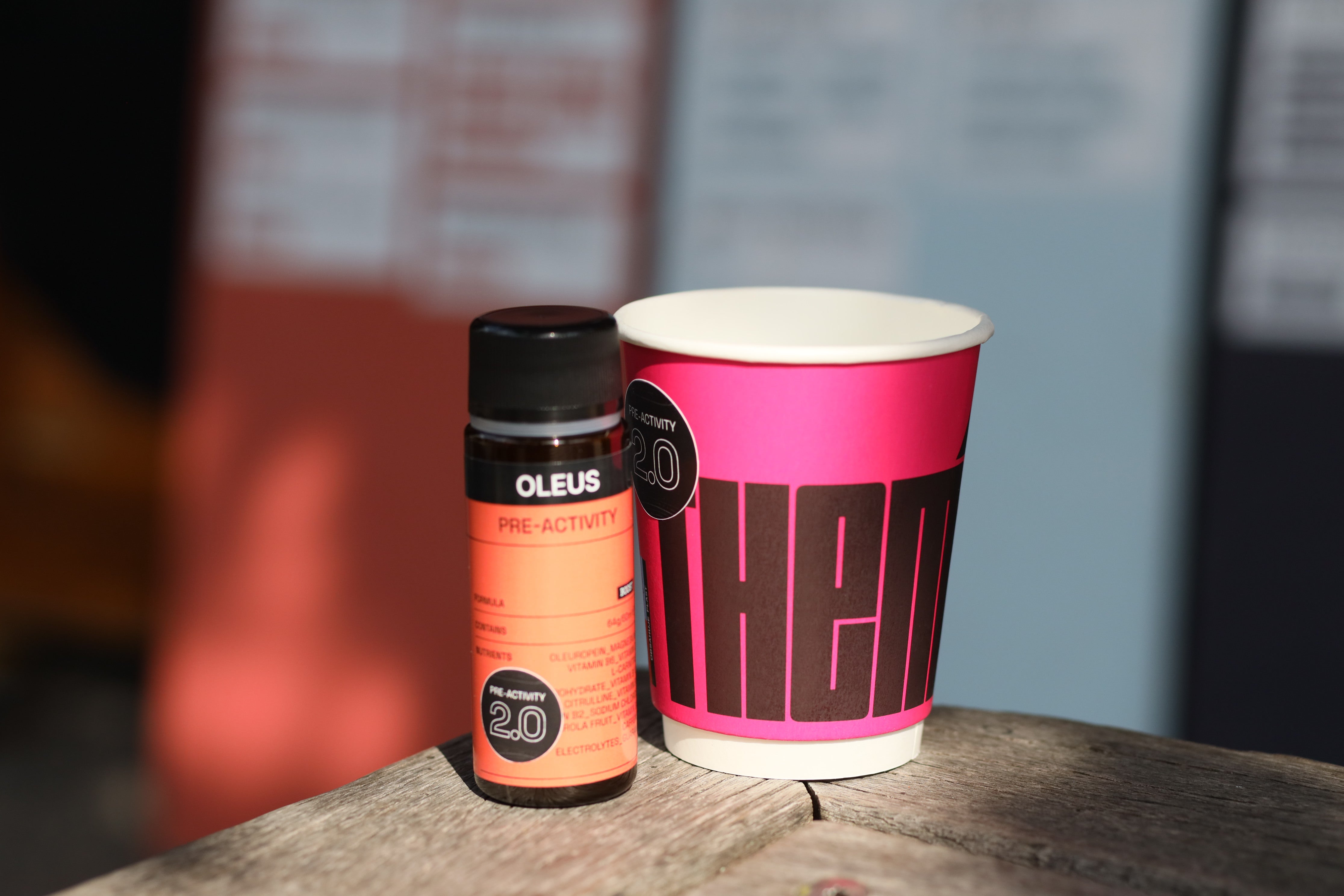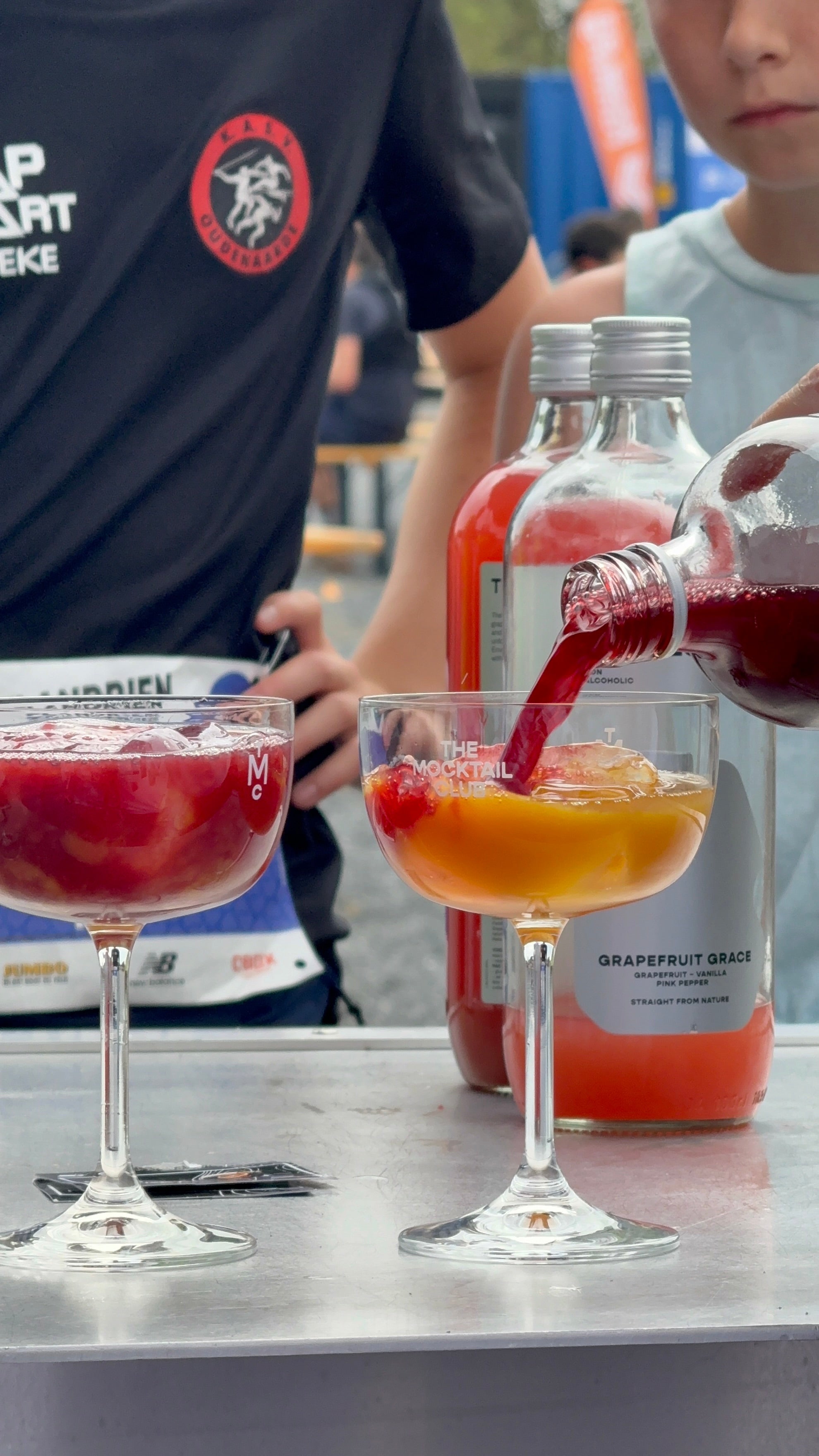You've done it. Crossed that finish line, crushed those 42.2 km, and enjoyed that well-deserved thrill of accomplishment. But as the post-race endorphins fade, you'll face a new challenge: post-marathon recovery.
Stiffness, muscle soreness, and post-race fatigue are all normal after a marathon. But how you manage the days that follow can make or break your long-term progress. A smart recovery strategy will help you bounce back faster and reduce your risk of injury. In this second edition of our marathon series, we’ll walk you through everything you need to know to recover safely and effectively:
-
How to take care of your body after a marathon
-
When (and how) to start running again
-
What signs of injury or overtraining to watch out for
The goal? To help you come back stronger, more resilient, and ready for your next adventure.
Missed part one? Check out Marathon Prep: The Ultimate 7-Day Plan for expert tips on pre-race nutrition, hydration, and training.
The first 24 hours: Focus on rest and nutrition
Post-marathon, your muscles have endured hours of repetitive impact, your glycogen stores are depleted, and your joints and nervous system are fatigued. What you do (or don’t do) during this window can significantly affect how fast you recover and how soon you're ready to train again.
Pro tip 1: Keep moving (gently)
While curling up on your couch might sound tempting, complete rest can lead to increased stiffness and slower circulation. Instead try:
-
Walking for at least 10–15 minutes after finishing
This supports circulation, which is essential for flushing out metabolic waste from your muscles
-
Light stretching for your quads, calves, hamstrings, and hips
Focus on gentle, dynamic movements (not deep static stretches) to relieve tightness without overstressing tired muscles.
-
Take a short, easy walk later in the day
A second walk—just 5 to 10 minutes—can improve blood flow and reduce the heavy-legged feeling that often hits the next morning.
Pro tip 2: Prioritise sleep
Sleep is where the real recovery happens. It’s when your body repairs muscle tissue, regulates hormones, and restores energy levels. Here are a few tips to consider:
-
Aim for 8–9 hours of uninterrupted sleep
Deep sleep is when growth hormone is released, helping repair micro-tears in your muscles and replenishing energy stores.
-
Take naps when you need them
A short 20–30 minute nap can ease fatigue without disrupting nighttime sleep. Listen to your body, and if it’s asking for rest, give it what it needs.
Pro tip 3: Refuel strategically
What you eat and drink after a marathon plays a major role in muscle repair and glycogen replenishment. Try to:
-
Eat a recovery meal or shake within 30–45 minutes post-race
This window is when your muscles are most receptive to nutrients. A smoothie, recovery shake, or a balanced meal can jump-start your recovery process.
-
Use a 3:1 or 4:1 carb-to-protein ratio
Carbs replenish depleted glycogen stores, while protein helps repair microtears in muscle fibers. Examples: Banana with nut butter, toast with eggs, or a recovery drink.
-
Rehydrate with electrolyte-rich fluids
Water is important, but you also need to replace sodium, potassium, and magnesium lost through sweat. Sports drinks, coconut water, or electrolyte tablets can help.
Pro tip 4: Try cold therapy and compression
Cold therapy can help reduce inflammation when used strategically:
-
Apply ice for 15–20 minutes for acute pain or swelling
Use ice packs wrapped in a towel on sore areas to ease inflammation, especially around joints.
-
Use contrast baths to stimulate circulation
Alternate hot and cold water (about 2–3 minutes each, for 15 minutes total) to increase blood flow and speed up waste removal from tired muscles.
-
Use compression gear
Compression garments worn during the 24-48 hours post-race can reduce swelling and soreness.
Days 2-7: Start your active recovery
The key to this phase is balancing rest and gentle movement to maintain circulation, reduce stiffness, and get you back in top shape. With those goals in mind, here are a few tips to help you navigate days 2–7 after your marathon without pushing your body too soon.
Pro tip 1: Keep prioritising sleep and nutrition
This week is all about rebuilding. Keep focusing on quality sleep (8–9 hours per night) and nutrition to support muscle repair and a strong full-body recovery.
-
Eat a nutrient-dense, anti-inflammatory diet
Focus on whole foods like fatty fish (omega-3s), berries (antioxidants), leafy greens, turmeric, nuts, and seeds. These help reduce systemic inflammation and support healing.
-
Keep protein intake high—1.6–2g per kg of body weight
Protein is essential for muscle regeneration. Spread it evenly across meals to maximise absorption and support ongoing repair.
Pro tip 2: Listen to your body to avoid injury
It's normal to feel some soreness post-marathon, but it's important to know the difference between general fatigue and early signs of injury.
-
Know what’s normal vs. what’s not
Normal soreness is usually symmetrical (e.g. both feet or calves), dull, and gradually improves each day. Potential injuries often feel sharp, localised, and tend to worsen over time.
-
Use the “POLICE” principal for acute injuries
POLICE is an acronym for “Protection, Optimal Loading, Ice, Compression, and Elevation”. It’s a principle that promotes healing with gentle, progressive movement rather than complete rest.
-
Get professional help for lingering or sharp pain
If something doesn’t feel right by day 4 or 5, don’t wait it out. A sports physio or doctor can help diagnose and treat issues before they become chronic.
-
Consider a sports massage (but not too soon)
Around day 3 or 4, a light sports massage can ease lingering tightness and boost circulation. Be sure to avoid deep tissue work immediately after your race, as it may delay healing.
Pro tip 3: Get back in with low-impact cross-training
When you feel ready, gradually introduce low-impact cross-training to maintain your cardiovascular fitness without overstressing healing muscles and joints.
-
Days 2–3: Rest or gentle walking/stretching
Short walks or light stretching sessions (10–15 minutes) can improve mobility without loading your legs too soon.
-
Days 4–5: Try light, low-impact cardio
Swimming, cycling, or elliptical workouts at a conversational pace (20–30 minutes) help keep your aerobic base without the pounding of running.
-
Days 6–7: Add mobility-focused activities
Light yoga or Pilates can improve flexibility, re-engage your core, and restore your range of motion. Focus on form and breath, not intensity.
Days 8–14: It’s running time!
By the second week post-marathon, most runners can start easing back into running, but the keyword here is ease. Your body is still recovering at a deep level, and pushing too soon or too hard can increase your risk of injury or burnout. Your goal during this week is to reintroduce running gradually, focusing on movement, not performance.
Pro tip 1: Start with short, easy runs
Forget pace goals or personal records during this week. Your first runs back should feel relaxed, enjoyable, and sustainable.
-
Begin with 20–30 minutes at a conversational pace
Get back in with an easy pace (around 60–70% of your max heart rate). If needed, start with a run/walk strategy (e.g. 5 minutes running, 1 minute walking) to ease your body back in gently.
-
Avoid hills, intervals, or tempo efforts (for now)
These stress your joints and muscles more than easy running and should wait until you’re fully reconditioned.
-
Build back gradually with the 10% rule
Increase your mileage by no more than 10% per week, keep most runs easy, and wait 3–4 weeks before reintroducing speedwork.
-
Use the “reverse taper” approach
The “reverse taper” approach can gradually help you increase distance and frequency in the same controlled way you tapered before the race.
Lastly, and perhaps most importantly, listen to your body, and don’t be afraid to cut a run short if anything feels off, especially sharp, localised pain.
Pro tip 2: Practice mindful body awareness
Being mindful of how your body feels, both during and after runs, can help you catch potential issues early and build a stronger foundation for future performance.
-
Do a quick body scan before, during, and after runs
Check for stiffness, pain, or compensation patterns (like limping or shifting weight).
-
Track your resting heart rate or heart rate variability (HRV)
If possible, use a fitness tracker or wearable. A spike may indicate your body needs more rest.
-
Track your perceived effort and energy
If an “easy” run feels unusually hard, it could be a sign you’re not fully recovered. Monitoring your rate of perceived exertion (RPE) and overall energy helps you adjust before small issues become setbacks.
Consider keeping a simple recovery journal with notes on your sleep, mood, soreness, and how each run felt. It's a good way to spot patterns that help guide your next steps.
When to plan your next marathon
It’s normal to feel fired up after finishing a marathon, but don’t rush into your next one just yet. Your body needs real time to recover. As a general rule:
-
First-timers: Wait around 6 months
-
Experienced runners: Wait around 3–4 months
Even elite runners typically cap it at two to three marathons a year. Instead of jumping straight back into marathon training, try flipping the script: spend a few months focusing on shorter distances like 5Ks and 10Ks, work on speed and strength, and use this time to address any issues or imbalances that showed up during your previous training.
Next-level recovery starts with OLEUS
OLEUS shots support every stage of your marathon journey, from training through recovery, enabling you to bounce back faster and rebuild stronger by delivering targeted nutrition when your body needs it most. OLEUS recovery shots are packed with:
-
Powerful antioxidants to minimise oxidative stress and support immune function
-
Whey protein and BCAAs to promote muscle repair and growth
-
Calcium and Magnesium to restore healthy muscle function and prevent cramps
They’re a smart addition to your post-marathon toolkit, so you can recover faster and get closer to your next athletic adventure. Explore the full range of science-backed shots here.






